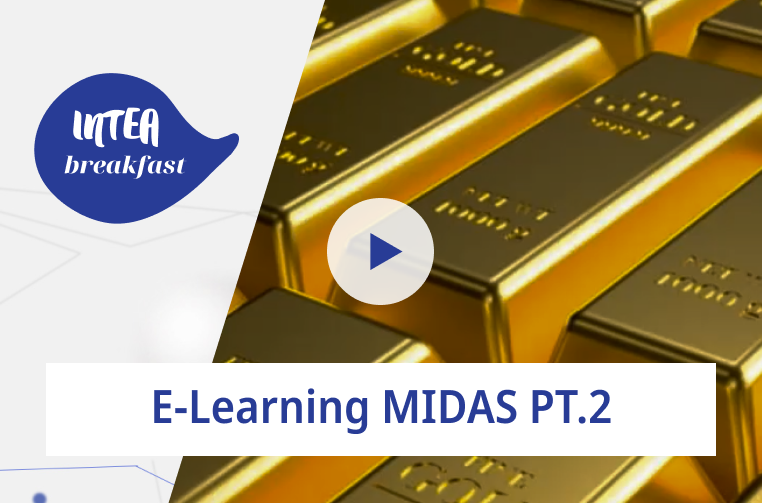In Greek mythology King Midas had an ability to turn everything he touched into gold. At INTEA we use MIDAS instructional design (ID) framework to turn our e-learning courses into gold. In this article you can learn how the magic happens.
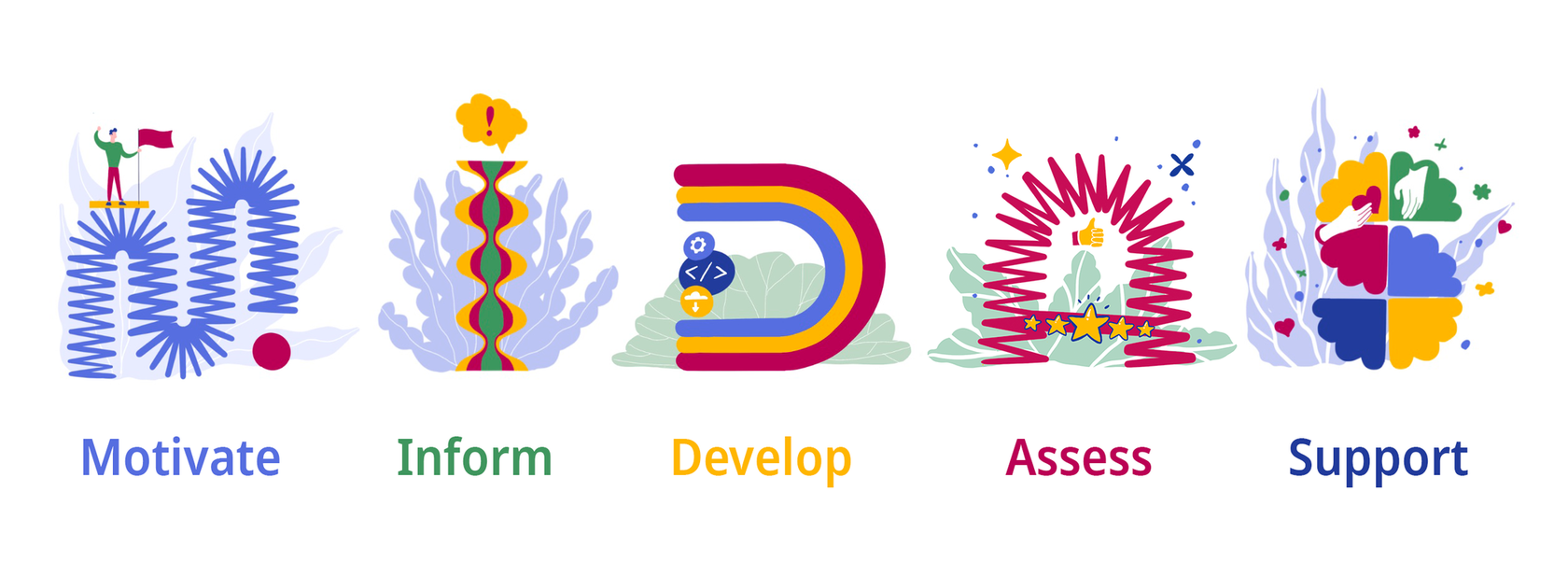
Use the MIDAS ID framework to make your training a success.
At INTEA we usually categorise our e-learning into knowledge transfer, skill acquisition and habit building courses. Depending on learning goals and target audience different learning techniques and strategies are used, but MIDAS instructional design framework works for all types of training. Here are the five MIDAS ID framework elements.
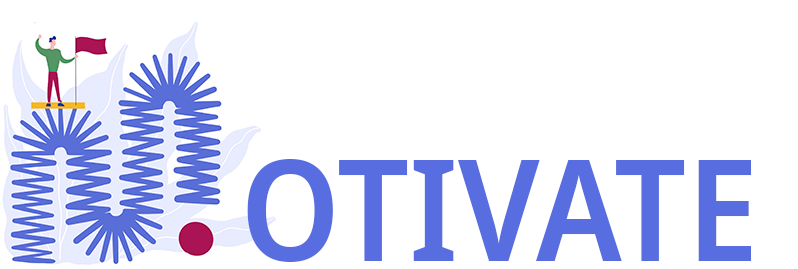
Don’t assume all learners are self-motivated.
“I don’t have time for it, I actually have to WORK!”
“It’s too complicated, I’m not good with this self-learning thing.”
“Why do I need it?”
“There is nothing new you can teach me about this topic.”
We’ve heard it all! It’s wrong to assume that your learners will be willing to learn just because you made training courses available to them. “Sell” your training and motivate your learners to explore the topic. Start your training by making sure your learner understands why this topic is important and relevant. Unfortunately, we often see that this ID step is skipped.

There are different ways you can motivate your learners by making it relatable to them and getting their attention. Here are some examples:
• Introduce the problem. Explain why it’s essential for learners to go through the training to be able to solve the problem.
• Shock slides can make learners understand the urgency of the training and the severe consequences of their ignorance.
• Use self-check questions at the beginning of the training to make your learners see they have gaps in their knowledge. Then encourage them to focus on filling those gaps.
• Make your learners fail simulations by going through a challenging situation. Make learners understand that there is more to it.
If you want to learn more about training marketing, there is an INTEA Breakfast video available on our YouTube channel. How to “sell” e-learning to your employees?
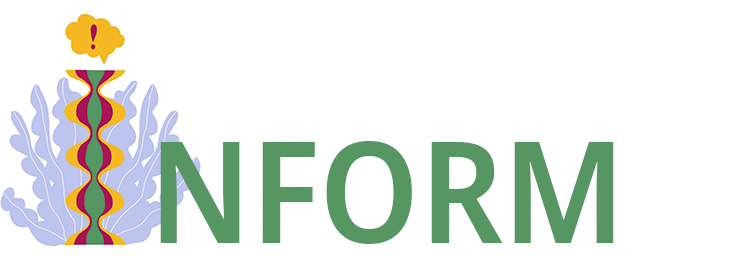
Make sure you provide only relevant information.
The recipe for this step sounds simple – include information that is important for the topic. Yet a lot of things tend to go wrong here. How do you know what’s the right amount of information to include? How do you present it? What if you don’t have enough materials to develop the training or vice versa – experts want to include way too much? The solution is simple – refer to your learning goals. What the learner needs to know, needs to be able to do or how to perform after completing the course? Make sure the information you include in the course supports all your learning goals and avoid including any other information. You would want to focus on this step specifically for your knowledge transfer training courses.
This video is explicitly dedicated to setting learning goals.

• Set a clear structure. Make sure your learners know what they are expected to do and achieve.
• Use action mapping. Design activities that challenge learners and help them understand how to put their knowledge into practice.
• Spaced learning and blended approach work best for behavioural training. Design your training in a way where information is given to learners over time in smaller bits and different learning formats.
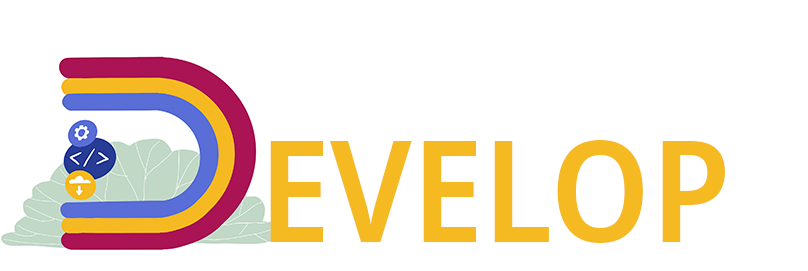
Time to exercise!
Having a theoretical knowledge about how to drive a car doesn’t mean you can actually drive one. Make your learners exercise to understand how to apply the knowledge in real life. Different practical tasks contribute to developing new skills and awareness of the desired behaviour.

• Using case studies is an easy way to move theory into practice, requiring learners to reflect on real-life situations.
• Use fact sheets and to-do lists to help learners order, prioritise and differentiate daily actions.
• Simulations and role plays work as an exercise machine when building news skills. Create simulations like conversations with a client, software usage, technical troubleshooting, etc.
• Include self-reflection exercises and give enough time and freedom for your learners to practice on their own.
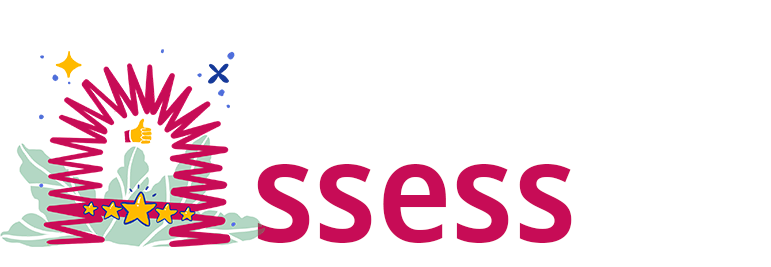
Use the benefits of testing.
Quizzes encourage learners’ self-awareness of their progress. Use quizzes to help your learners remember and assess what they learned. Your learning goals will help you to make sure you test the knowledge that is relevant and you’re not checking useless facts. Avoid shaming or using extremely tricky questions since those will demotivate your learners.

• Use knowledge checks. Make sure your answers are fair and well organised. Use feedback as a revision tool to give the main take-away messages.
• Simulations can also be used in an assessment mode. It’s a quick way to test learners’ progress. This progress validation can also be done in real life if your working environment allows it.
• Self-assessment is a stressless and easy way to let learners reflect at their own pace. It’s especially important for behaviour change training.
• Also management interviews and manager involvement is key for habit building courses.
A more detailed video on building quizzes is available on INTEA’s YouTube channel. Top mistakes when building quizzes.

Make sure the knowledge is not lost after completing the course.
Support your learners and think of ways how you can help them after completing the course. Set a timeframe you want the knowledge to stay fresh in their mind and plan how you will help your learners throughout this period.

• Create job aids – clear step-by-step instructions on how to navigate in a particular situation. It’s a useful tool to make sure the knowledge gained in a training course is not forgotten straight after completing it.
• Use email campaigns and text message streams. Engage different technical solutions available to you. A reminder to take action on a weekly or monthly basis works well for habit building training.
• Habit building tools also help to track learners’ progress.
• Set up regular work group meetings to spread the knowledge and share improvement ideas with other colleagues.
MIDAS instructional design framework will help you turn your training into gold.
Remember to go through all of its steps! In our experience, companies are often good at informing, developing and assessing knowledge and skills, however, motivation and support after the training are often forgotten. For a deeper understanding of the usage of MIDAS, you can watch a related video where Sergey and Raivis demonstrate how MIDAS is applied in different types of e-learning courses developed by INTEA.
